Great Smoky Mountains National Park is one of the highlights of the east coast of the United States. But there is more to the park than just forests. There are plenty of fun facts about the Smoky Mountains that you may well not know.
If you’d like to learn some interesting facts about Great Smoky Mountains National Park, read on …
Subscribe to daily national parks planning tips, travel inspiration and trip ideas and get instant access to the free PDF
10 Fun Facts about Great Smoky Mountains National Park>
No time right now to read these fun facts about Great Smoky Mountains National Park? Pin It and save it for later:
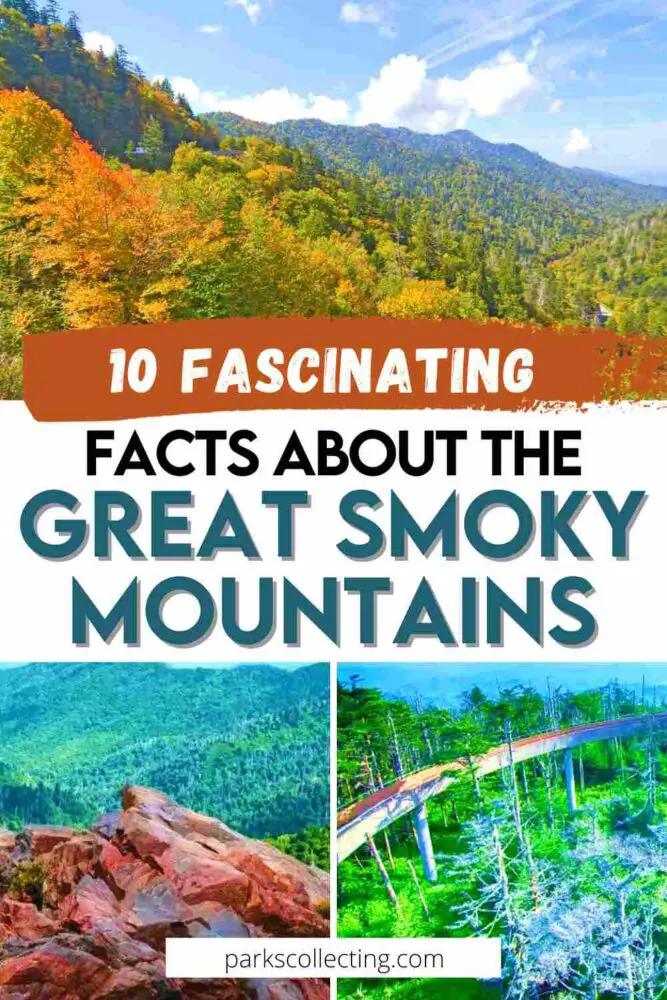
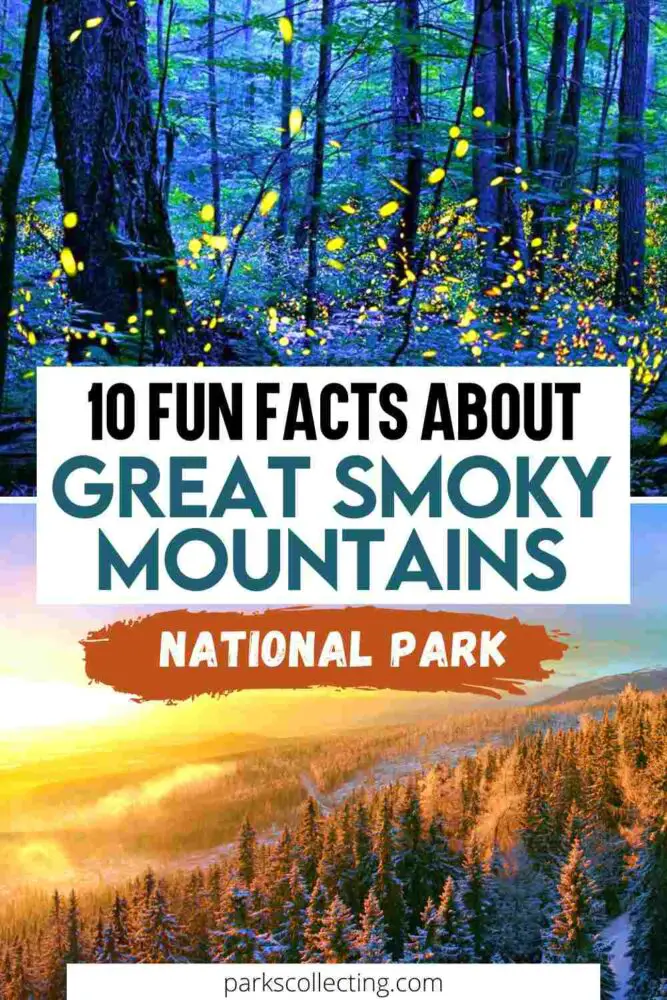
🛏️TOP HOTEL PICK: Check availability now
🚘FIND THE CHEAPEST CAR RENTAL: Search Discover Cars for the best deals
✈️FIND THE CHEAPEST FLIGHTS: Search Skyscanner for the best deals
🧳GET TRAVEL INSURANCE: Get insured with Travelex before you go
📱TAKE AN AUDIO TOUR: Buy an audio tour now
Table of Contents
The Great Smoky Mountains National Park Facts (the Basics)
⭐ Location: Half of Great Smoky Mountains National Park lies in Tennessee (TN) and the other half in neighboring North Carolina (NC). The main road through the park is a major connecting road between the two states. There are three main entrances: Gatlinburg, TN; Townsend, TN; and Cherokee, NC.
⭐ Size: Great Smoky Mountains National Park is 522,427 acres.
⭐ Number of Visitors each Year: In 2022, 12,937,633 people visited the park.
⭐ Annual Rainfall: The rainfall varies throughout the park. It ranges from an average of 55 inches per year in the lowlands to 85 inches per year at Kuwohi (formerly called Clingmans Dome).
⭐ Highest Elevation: 6,643 feet (Clingmans Dome)
⭐ Lowest Elevation: 840 feet (Abrams Creek)
⭐ Date it Became a National Park: President Calvin Coolidge signed a bill that provided for the establishment of Great Smoky Mountain National Park in May 1926. However, it took a while to acquire land and build the park, so it wasn’t until September 2, 1940 that President Franklin D. Roosevelt officially opened the park.
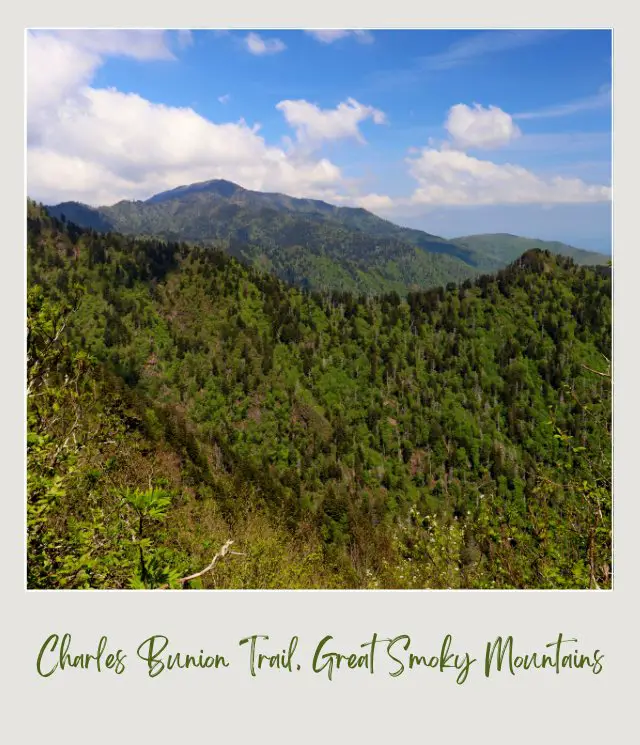
10 Fun Facts about Great Smoky Mountains National Park
1. Great Smoky Mountain National Park is the most popular National Park in the USA
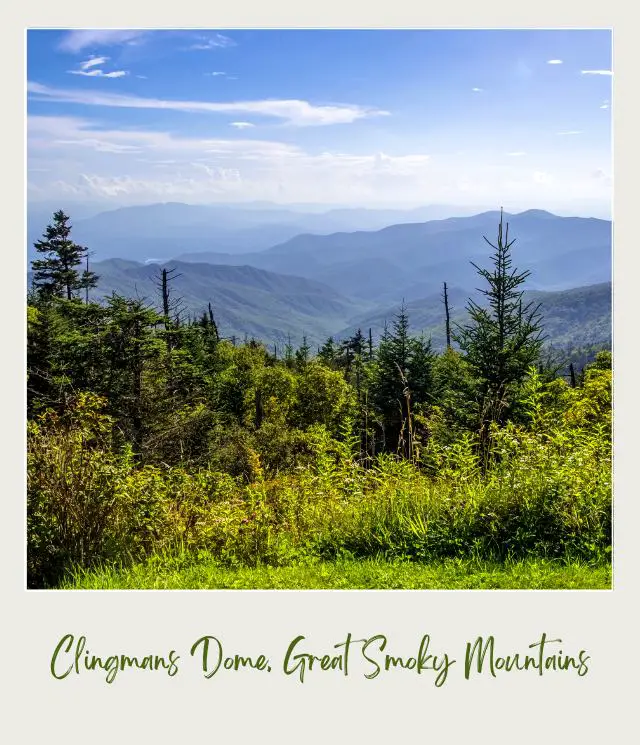
Did you know there are 63 major National Parks and a total of 424 Units within the national park system? So, it’s pretty impressive that Great Smoky Mountains National Park is the most popular of the 63 major National Parks and the 3rd most popular unit in the entire NPS system (after Blueridge Parkway and Golden Gate National Recreation Area).
In 2021, it’s busiest year ever, more than 14 million people visited the park!
This is partly because about 2/3 of the country live within a 24-hour drive from the park (and unlike most parks, there is no entrance fee).
But it’s also because there is great hiking, fishing, horseback riding and other outdoor activities to enjoy. You can also take a step back in time and learn more about the history of the Appalachian Mountains (more on that in some of the other fun facts about the Great Smoky Mountains National Park below).
➡️ READ MORE: See all the National Parks and download a free checklist
2. The Spaniards searched for gold in the Smoky Mountains
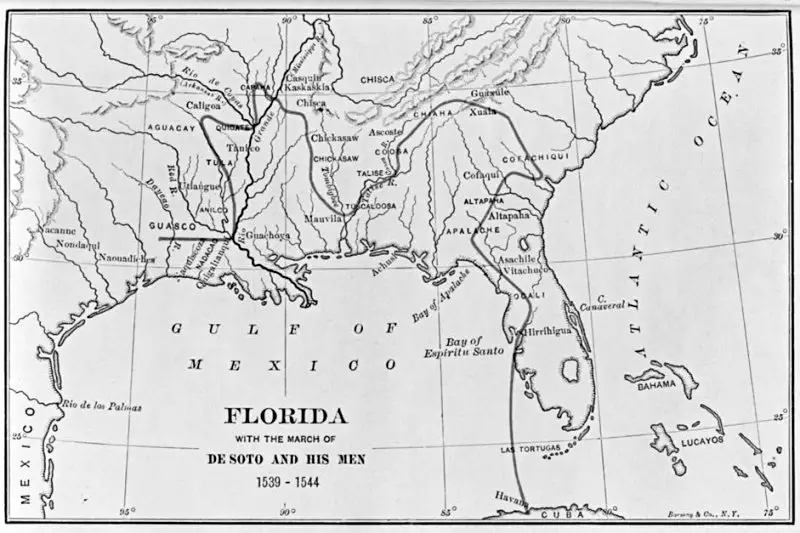
As you may well know, the Spanish ‘conquered’ most of what is now Latin America and soon became the richest country in the world on the back of all the silver and gold they took from the Americas.
In less than 50 years, more than 100 tons of gold were taken. But they didn’t stop there.
From 1539-1543, Hernando De Soto, who was the governor of Cuba at the time, explored much of what is now the southeastern United States, including the Great Smoky Mountains, searching for gold and for a passage to China or the Pacific coast.
De Soto didn’t find gold, and died on the banks of the Mississippi, but a later expedition tried again.
About 30 years later, in 1567-8 another Spaniard, Juan Pardo, ventured into the area and helped establish 6 Spanish forts, that were subsequently destroyed in a native American uprising.
Pardo’s soldiers also searched for gold, but didn’t find any. If they had, the entire area of the US south of the Mason Dixie Line may well have become part of the Spanish empire!
➡️ READ MORE: To learn more about Hernando de Soto, read: Hernando De Soto: A Savage Quest in the Americas by DE Duncan.
3. Cherokee Indians lived in the area for more than 1,000 years
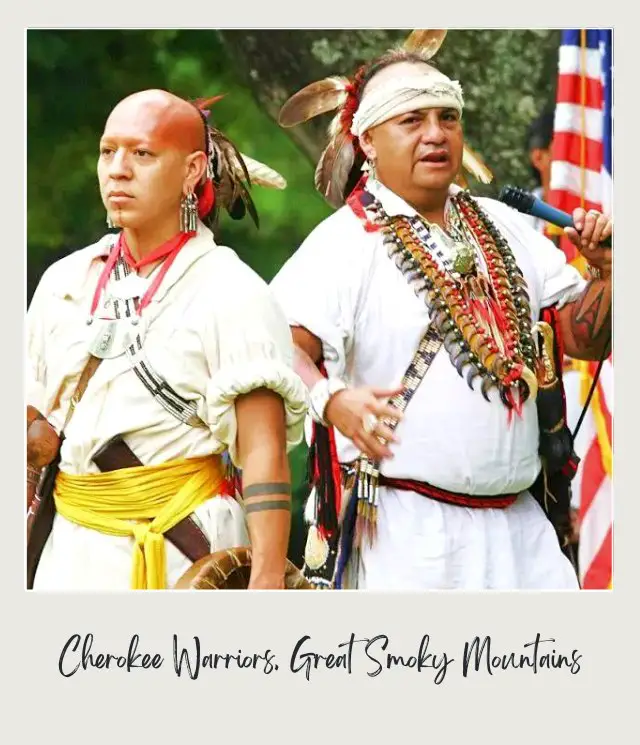
De Soto may not have found gold, but he did find native Americans living in the area (so did Juan Pardo – hence the destroyed forts!).
The Cherokee Indians are a branch of the Iroquois nation. And although the name “Cherokee” was first recorded by De Soto’s party, the Cherokee people have lived in the area for more than a thousand years.
Historically, the Cherokee culture was based in hunting, trading, and agriculture and people lived in small, permanent communities.
When gold was discovered (not by the Spanish) in Georgia in the early 1800’s, a treaty was signed (by people who didn’t have the right to sign it), and almost 14,000 Cherokees were taken from their homes, held in stockades, and then forced to move to Oklahoma and Arkansas. The infamous 6-month journey in 1838, in which than 4,000 people died from cold, hunger, and disease, became known as the “Trail of Tears.”
Many others hid, and about 11,000 members of the ‘Eastern Tribe’ now live on the on the Cherokee Indian Reservation, or the “Qualla Boundary” as it is often called.
If you’re interested in learning more about the history and stories of the Cherokee people, visit the Museum of the Cherokee Indian located in Cherokee, North Carolina, just outside the national park.
➡️ READ MORE: A recommended read is Living Stories of the Cherokee by BR Duncan
4. Great Smoky Mountains National Park has a ‘mother’ and a ‘father’

Anne Davis and her husband, Willis, lived in Knoxville and loved the Smokies. Returning from a visit to the western national parks in 1923, Anne remarked to her husband “Why could not our Great Smokies be made a national park—and those magnificent monarchs of the forest preserved for posterity?”.
This is credited as the first time someone suggested that the area become a national park. It prompted Willis to start talking about to anyone who would listen. This kickstarted the idea of making the region a national park.
In 1924, Anne Davis became the third woman to serve in the Tennessee legislature. She sponsored legislation that would allow the purchase of more than 78,000 acres of land from Little River Lumber Company for the national park and later organized an inspection trip for the entire legislature to overcome opposition, so in 1925 the bill was signed into law and Anne eventually became known as the ‘mother’ of the park.
From Anne’s idea came a lot of hard work to make the park a reality. Enter the park’s ‘father’, Colonel David Chapman.
From 1924 until well into the 1930’s, he helped bring the park idea to fruition, especially on the Tennessee side of the park. He was president of a Knoxville drug company, but also became chairman of the Great Smoky Mountains Conservation Association. In this capacity, he worked tirelessly to overcome obstacles such as opposition from park opponents, lack of funding for land purchase, and controversial condemnation actions.
➡️ READ MORE: For more stories about key people in the park’s history, check out Great Smokies Myths and Legends: The True Stories behind History’s Mysteries by MR Bradley
5. Many families had to leave their homes when the park was created
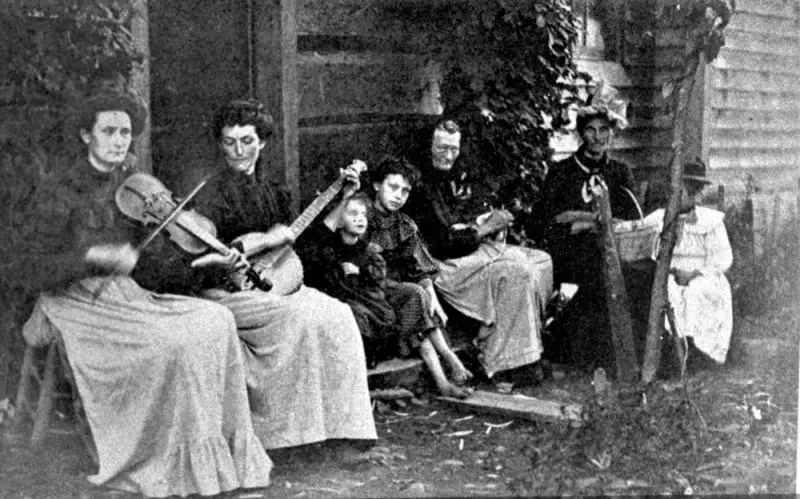
So why was creating Great Smoky Mountains National Park so difficult? Because people lived there!
There were literally thousands of small farms, larger properties and other miscellaneous parcels of land that people owned and lived on.
There were timber and paper companies that operated in the mountains – and they all had valuable equipment and inventory. All this had to be bought – and the federal government itself was prohibited from purchasing them directly (but could accept donations from companies that were created to buy the land, homes and companies).
This was incredibly traumatic for the people who had homes there and a way of life involving hunting, trapping and the lumber industry that could not be easily replaced.
Today, we’re happy to have this place for all people to enjoy, but it didn’t come without a lot of difficulty for many people, including the original Cherokee inhabitants and the early settlers.
➡️ READ MORE: Learn more about the birth of the national park The Great Smoky Mountains National Park (Images of America) by S. Cotham
6. Great Smoky Mountains National Park is the Salamander Capital Of The World

You might not think “Smokies” and “salamanders” together, but there are a lot of salamanders in the mountains.
Salamanders are tiny amphibians that look kind of like lizards. They can be very colorful and cute!
There are 30 different species of salamanders in the Smoky Mountains! Of these, there are 24 species of lungless salamanders. As their name suggests, these incredible creatures don’t have lungs – instead they use walls of tiny blood vessels in their skin and linings of their mouths and throats to exchange oxygen and carbon dioxide.
Despite the fact that Great Smoky Mountains National Park is the most popular park in the US and the fact that there are over 17,000 species of plants and animals in the park, in fact over half of the animals in the park with vertebrae (a spine) – and that includes humans – are salamanders.
Look for them near creeks and under rocks, logs, and leaf litter in the forests.
➡️ READ MORE: Kids will love Salamanders!: A My Incredible World Picture Book for Children by H. Aicher
7. You can see synchronous fireflies flashing in Great Smoky Mountain National Park
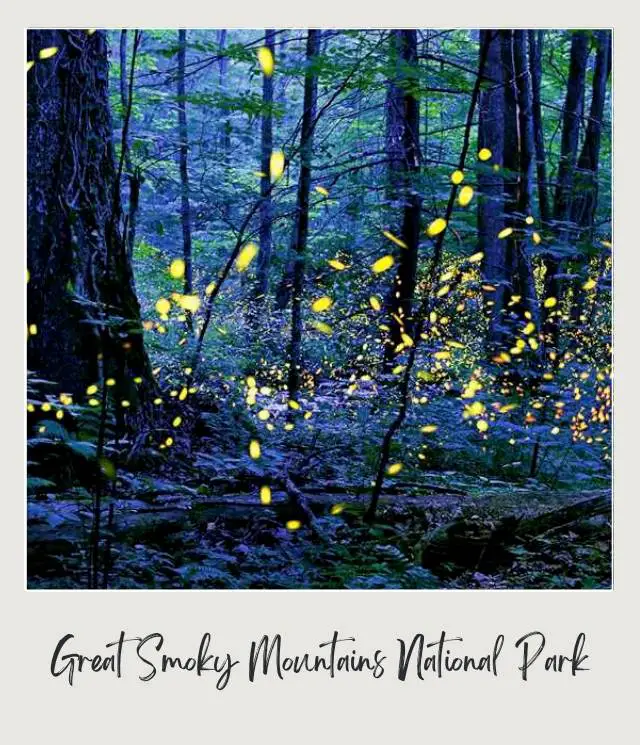
Nature is truly incredible. There are almost 20 species of fireflies in Great Smoky Mountains National Park, but one species (Photinus carolinus) does something amazing during their mating season.
For a couple of weeks every summer (usually late May – early June), the thousands of fireflies all flash in unison. They are one of only a few species in the world known to synchronize their flash patterns.
The synchronous fireflies live in the Elkmont region of the Great Smoky Mountains National Park and seeing them is truly an awe-inspiring sight.
Due to the popularity of this rare event, the NPS runs a lottery for the limited spots available in the official viewing area. Check the NPS website in late April for an announcement of the dates
➡️ READ MORE: A fun kids book is Piddle Diddle, the Widdle Penguin, and the Synchronous Fireflies of the Great Smoky Mountains by W Major, R Major and T Wilkerson
8. The mountains ‘smoke’ is actually a plant-produced fog
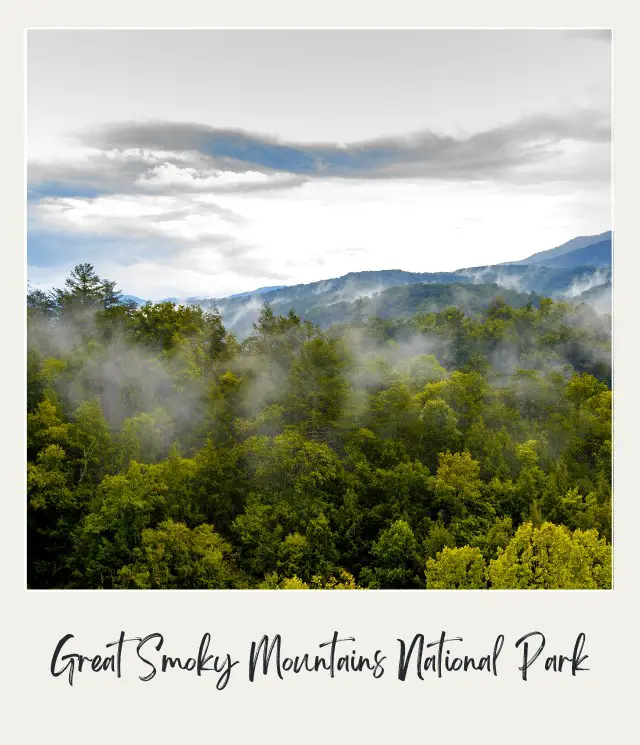
The mountains are named because they often appear to be shrouded in a mystical blue smoke. They have had this name this for centuries. The Cherokee call the mountains “Shaconage” (Sha-Kon-O-Hey), which means the “Land of Blue Smoke.
This is not regular smoke, however. It’s actually a fog created by the native plants in the park.
The plants give off something called a volatile organic compound (VOC). Since there are millions of plants on the area, the VOCs come together to form a vapor, which scatters blue light from the sky, creating the iconic blue-hued mist that makes the mountains look so smoky.
➡️ READ MORE: Enjoy the scenery on these Best Hikes in Great Smoky Mountains
9. The Great Smoky Mountains used to be as high as the Himalayas
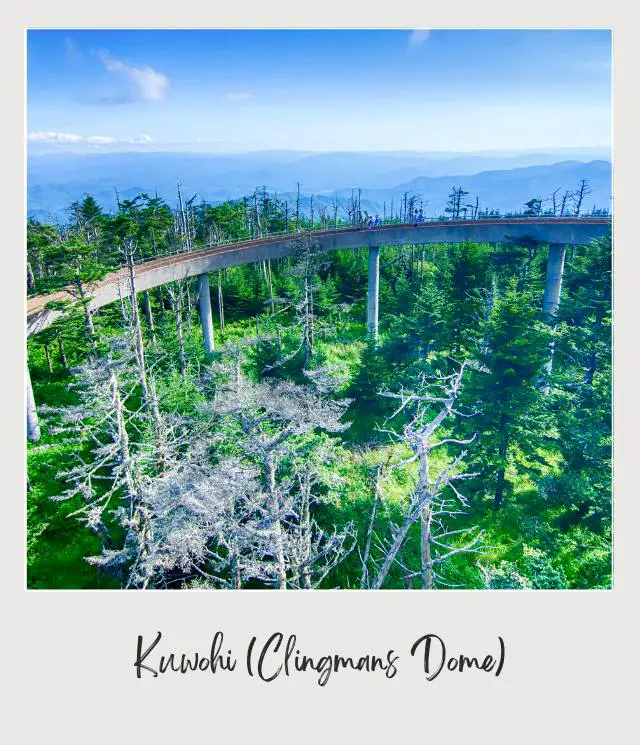
The tallest point in the Great Smoky Mountains National Park is Kuwohi (formerly called Clingmans Dome). At 6,643 feet, it’s a lot shorter than Mount Everest (29,032 feet). But at one point in time, the mountains were just as tall!
Three hundred and thirty million years ago, what is now Africa smushed into what is now North America, forming the super continent Pangaea. This pressure pushed the land up, forming the Appalachian Mountains. At the time, they towered as tall as the Himalayas are today.
About 200 million years ago, the continents drifted apart again (the Atlas Mountains in Morrocco are part of the same mountain range that form the Appalachian Mountains!).
That decrease in pressure and 200 million years of erosion have reduced the mountains to their current much humbler heights.
Though it does mean they are lot easier for us to visit.
➡️ READ MORE: Learn more about Kuwohi/ Clingman’s Dome: Clingmans Dome: Highest Mountain in the Great Smokies by M. Spencer
10. The Civilian Conservation Corps (CCC) built Great Smoky Mountains National Park

The Civilian Conservation Corps (CCC) were created as part of president Franklin D. Roosevelt’s New Deal in the Great Depression. Roosevelt’s goal was to give unemployed young men work that would help build up their health and morale while contributing to the economic recovery of the country. The CCC was employed around the country to build roads, bridges and other infrastructure.
They did a lot of work in the national parks. But perhaps no park more than Great Smoky Mountains National Park.
Remember that it was made up of lands purchased from farmers, lumber yards, logged forests, small villages and other privately-owned property. To turn all that into a national park took a lot of work.
About 4,000 men in the CCC worked hard over almost a decade to restore the Smoky Mountains, focusing on planting trees, fighting fires, managing agriculture, addressing erosion, and constructing roads.
By the time the CCC program was terminated in 1942, they had planted more than three billion trees and constructed trails and shelters in more than 800 national and state parks.
➡️ READ MORE: Learn more about the CCC in this interesting book: Nature’s New Deal: The Civilian Conservation Corps and the Roots of the American Environmental Movement by Neil M. Maher
More Information about Great Smoky Mountains National Park
⭐ Great Smoky Mountains National Park Guide
⭐ Planning A Trip to Great Smoky Mountains National Park: 7 Mistakes to Avoid
⭐ Best Hikes in Great Smoky Mountains National Park
⭐ How to Get to Great Smoky Mountains National Park
⭐ The Best Airports Near Great Smoky Mountains National Park
⭐ The Nearest Airport to Great Smoky Mountains National Park
⭐ Best Time to Visit Great Smoky Mountains National Park
⭐ Visiting Great Smoky Mountains National Park: What To Expect Throughout the Year
⭐ 10 Tips For Visiting Great Smoky Mountains National Park
Do you have any other Great Smoky Mountains National Park info to share? I’d love to hear them. Join my private Facebook group National Parks Collectors and comment and let me know (you can also pick up extra planning tips, share your photos and stories with other national park lovers and more).
Subscribe to daily national parks planning tips, travel inspiration and trip ideas and get instant access to the free PDF
10 Fun Facts about Great Smoky Mountains National Park
If you liked these fun facts about Smoky Mountains National Park, please share the love and Pin It to your Great Smoky Mountains National Park board!


💡 Are you just starting to think about taking a national parks trip? Get Inspiration
‼️ Are you looking for helpful tips for visiting US national parks? Read articles that share useful tips on a range of national-park related issues
💻 Are you starting to plan a trip to Great Smoky Mountains National Park? Read my Guide to Great Smoky Mountains National Park
🛏️ Are you looking for a place to stay near Great Smoky Mountains National Park? Find an Airbnb near Great Smoky Mountains National Park
💲 Are you ready to book your trip? Use these Planning and Booking Resources
📖 Do you want to read a book about US national parks? Check out my Recommended Reading Lists
About the Author
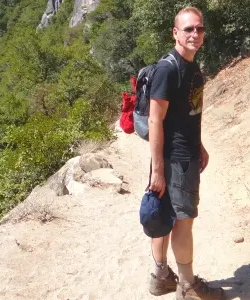
James Ian is a national park, camping and hiking expert.
He has dedicated his life to travel, visiting more than 80 countries, all 7 continents and most of the national parks in the United States. With over 35 years experience in the travel industry, James has worked on cruise ships, at resorts and hotels, and as a travel planner who’s helped hundreds of people plan successful trips to US national parks.
Based on his experience visiting our national parks multiple times, in-depth research and expertise as a travel planner, James has published detailed itineraries for many of the major national parks in the US. These itineraries, as well as in-depth park guides, and other resources will help you have your own incredible trip to US national parks without stress and hassle.
As a national park expert, James has contributed to many publications, including USA Today, Newsweek, Time Business News, Savoteur, Best Trip, and Wired.
I’m a member of the Amazon Services LLC Associates Program. As an Amazon Associate I earn from qualifying purchases.
